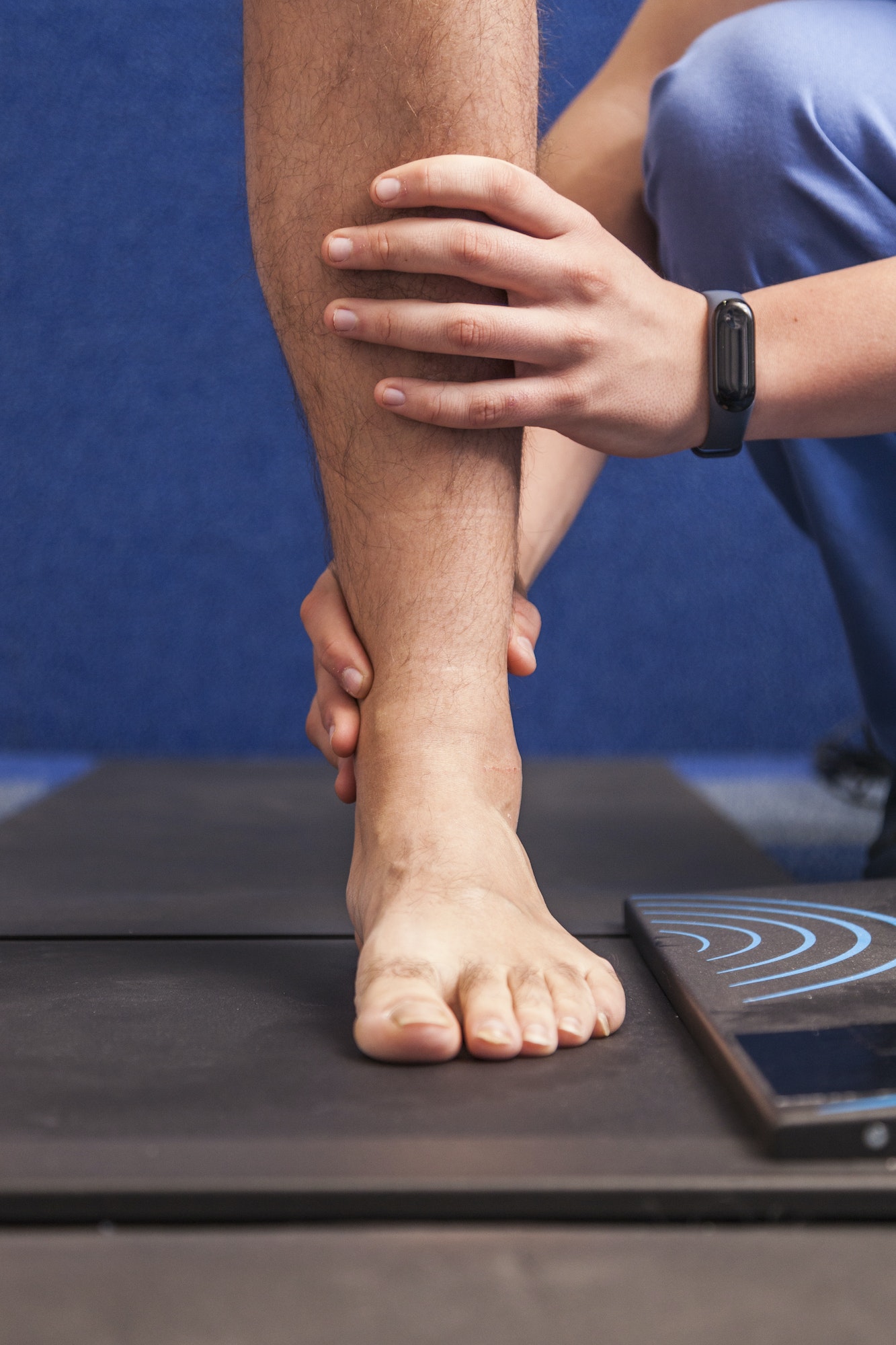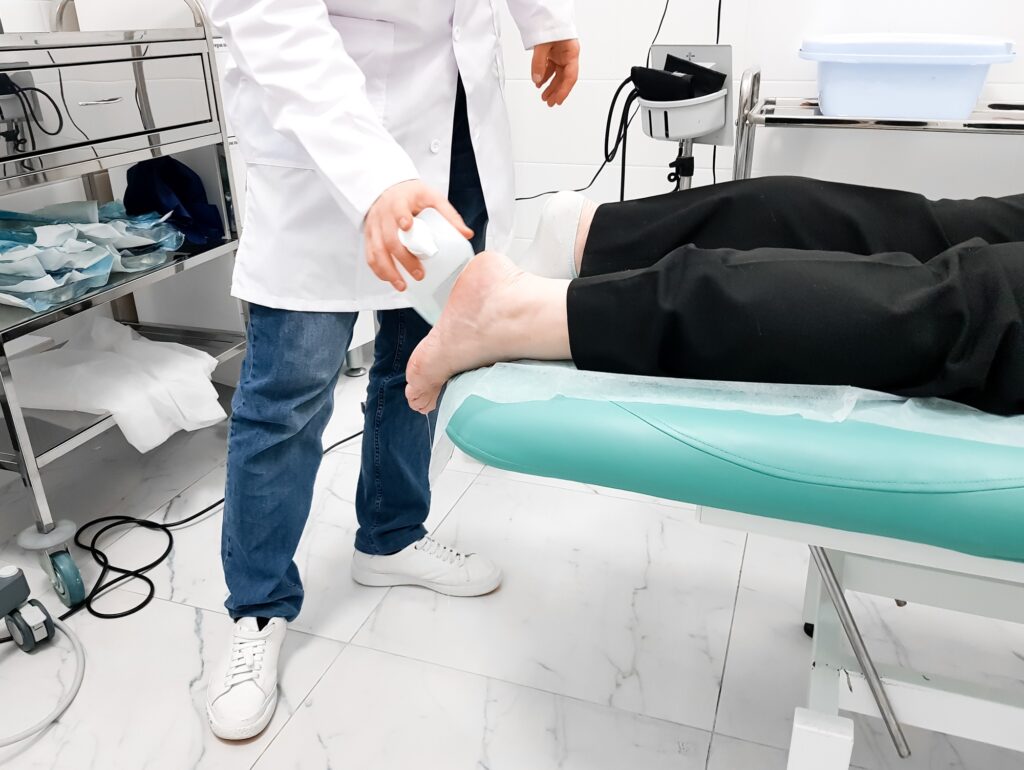Table of Contents
Extracorporeal Pulse Activation Therapy (EPAT)
Treatment
The best way to treat acute injuries is with RICE, that is, rest, ice, compression and elevation. At times injuries can become chronic and become resistant to the body’s ability to heal having less response to treatment. For many years Doctors the world over have searched for ways to get this tissue to heal. EPAT does not need anesthesia and works by sending sound wave pulses into the affected injured area. These pulses cause a microtrauma, or tiny, controlled injuries in the soft tissue or bone that stimulate your body’s own healing reaction with improved blood circulation. By stimulating the body’s own natural response and encouraging new blood vessel formation to allow healing cells to migrate to the injured tissue, EPAT treatment can be a fundamental component of the treatment process.
Typically, EPAT treatment lasts around 15 minutes and should be repeated once weekly for a total of three weeks.
Recovery & Results
There is little downtime and swift recovery with this technique as EPAT is a non-invasive procedure. There are no complications or side effects from EPAT. In some cases, patients may experience mild discomfort, redness around the treatment area, or bruising. These issues usually resolve themselves within a few days. No bandages or casts are necessary after treatment.
The rate of healing varies, but most patients feel significantly better within a month of treatment with the full benefits of EPAT taking up to three months as the new tissue is created.
Our own studies show that 83% of patients treated with EPAT have expressed a VAS scale pain reduction of at least five points. In some instances, full resolution is not accomplished and the small number of patients progress on to more involved procedures.
EPAT vs. ESWT Treatment
Since February of 2000, the Weil Foot & Ankle Institute has successfully performed thousands of sound wave treatments, participated in three FDA studies on EPAT, and also completed multiple clinical studies. These studies have shown a nearly 90% success rate to treat plantar fasciitis and other tendon problems involving the foot and ankle.
Cost Of EPAT Treatment

Meet Weil Foot & Ankle Institute
Review By: Lowell Weil Jr., DPM – Jan 19th, 2023




